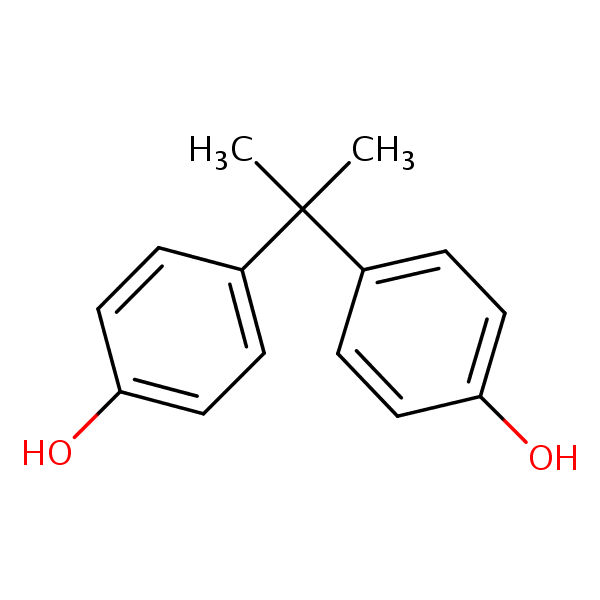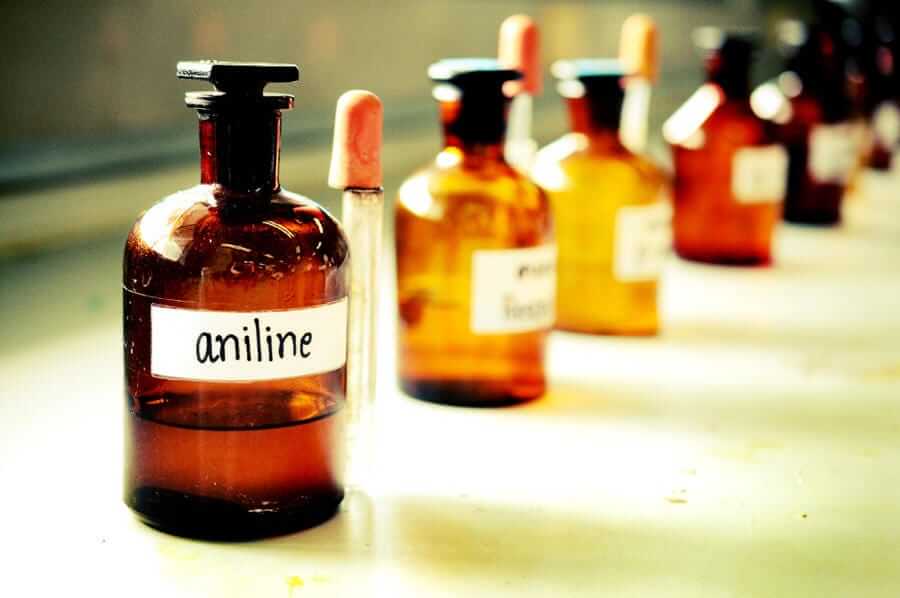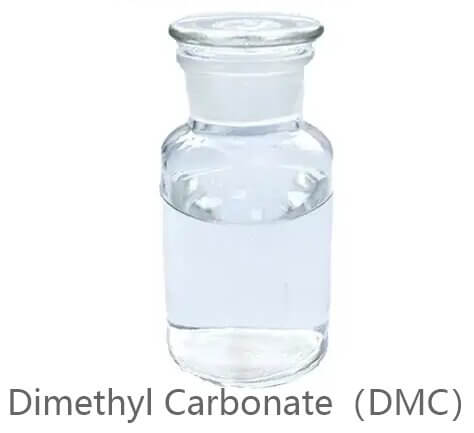Why Aniline Carved Its Place in Dye Manufacturing
Aniline made its presence felt in the dye industry during the 19th century. Over the years, this oily, colorless liquid became the backbone for many synthetic dyes used in textiles, leather, and even pharmaceuticals. My visits to textile factories and workshops in Asia and Europe made it clear how much modern color chemistry owes to this single compound. Aniline acts as a building block for dyes such as Mauveine, Indigo, and many vibrant Azo dyes. These colors do not fade easily, giving them an edge in fabric longevity. Consumers trust shirts, curtains, and accessories more if the colors hold fast despite many washes. That kind of color resilience comes from specific chemical bonds formed because of the way aniline molecules interact during synthesis. I remember watching workers test samples by boiling cloth pieces; only textiles dyed from aniline-based compounds looked sharp after rough treatment. That kind of reliable strength shifted entire markets away from natural dyes, which often left colors dull or uneven.
The Real-World Impact from Artisan to Industry
In my travels to places known for their textile crafts—like Surat and Lyon—I met families who passed down dyeing techniques through generations. They told stories of a time when indigo was harvested from fields, and dyes came from tree bark or insect shells. Aniline changed the game, giving way to large-scale production and mass-market consistency. Industry embraced this change because it made matching huge batches of thread or cloth much simpler. Global trade in colored textiles exploded, and consumers enjoyed colors that lasted. Yet, easy access to strong color options also pushed small artisans out of business or forced them to adapt by blending traditional designs with aniline-derived colors. Supermarkets stacked shelf after shelf with clothes in dozens of shades, none possible without this chemical innovation. Consumers grew to expect reliability in every color—from neon sportswear to formal suits. Without consistent chemical dyes, company branding—in uniforms or packaging—could never reach the sharp, recognizable standards we see today.
Risks, Safety, and Environmental Concerns
Factories producing or using aniline-based dyes face real risks. I once interviewed workers who handled vats of dye in a poorly ventilated back room. Some suffered from skin irritation and others needed regular health checks for signs of toxicity. Accidental spills in rivers stained the water and poisoned fish. Research from respected organizations points to the danger: aniline enters the bloodstream easily, and it can damage oxygen transport, leading to serious health problems in high doses. Regulators in Europe and North America responded by requiring improved ventilation, special gloves, and proper wastewater treatment in textile factories. Yet, during one reporting trip to South Asia, I stood by water channels carrying a rainbow of runoff right past local farms. Enforcement comes unevenly, and local communities often pay the price. People working every day with these chemicals risk long-term harm, whether from exposure or contaminated water and soil. Young workers especially suffer if companies cut corners on safety gear or ignore disposal regulations to save costs.
Challenges and What We Can Do About Them
The question now is not whether aniline will be part of dye chemistry—it likely will for years to come. The challenge lies in responsible manufacturing, strict oversight, and thoughtful use. Technology offers hope, with scientists developing cleaner catalysts and recovery methods that produce less waste. These systems, already in use in Japan and some European countries, promise lower emissions and cheaper long-term operation once installed. From my discussions with chemical engineers, I learned that new sensors in factories flag early leaks, helping workers avoid hazardous exposure. Importers and clothing brands started asking more questions, too, demanding proof of cleaner processes and safe working conditions. Consumers—empowered by better information and country-of-origin labels—pick garments from brands that back up their claims on safety and environment. Some governments tie trade deals to compliance with tighter environmental rules, which pushes companies across the world to clean up. Community groups in dye-producing regions found ways to lobby for stricter water testing and medical care for exposed workers. Even simple steps—like switching to closed-loop water systems—cut back pollution and protect local ecosystems.
A Brick in the Wall of Modern Industry
The impact of aniline-driven dyes reaches far beyond color in fashion or home décor. It cuts to the heart of industrial growth, labor rights, and consumer expectations. The bright colors in children’s school uniforms, stadium banners, or national flags often owe their hue to this compound. Every time communities tighten up oversight or consumers press brands for answers, the shadow of aniline grows brighter or darker. Recognizing both its power and its risks sets the stage for future shifts in chemistry and manufacturing. By holding both the science and the people behind the dyes in view, we can balance the demand for lasting, brilliant colors with the responsibility of protecting the hands and water that make them possible.



